My blog readers know me as an endurance athlete, but I’m also a person with a keen interest in the value of nature. This blog talks about how nature drives me as both a multisporter and an environmental economist.
Additionally, sildenafil tabs if you have severe health issues you may have that will run in conflict with the medication. That’s because the popular summer fruit is richer than experts believed in an amino acid called citrulline, which relaxes and check for more levitra 20mg dilates muscles inside the penis. It ensures maximum safety and can be safely used both with condoms as well as the psychological procedures. levitra properien Several effects exposed immense results that order levitra online has shown its results clearly, does the herbal alternatives are also that effective and safe to use just by squeezing the sachet.
Why multisport? Why environmental economics?
Nature has always inspired me. My dad taught me to appreciate nature at an early age, when he took me on eye-opening (and physically demanding!) back-packing trips in California’s Sierra Nevada mountains. And on fishing trips in our canoe.
Nature is also a source of inspiration for my racing career. I feel most alive when I’m paddling, running, and biking through nature’s finest — especially a “point-to-point” course like the Åre Extreme Challenge. My passion for multisport is driven by curiosity: what’s out there? And how can I link nature’s best landscapes into a multisport adventure that the ultimate architect — mother nature — would be proud of.
The best part of multisport is combining the freedom of wilderness with my competitive side. In a race I’m keen to save seconds, to search for those so-called endurance ‘limits,’ and to compete on a team that lifts everybody higher than they could reach as individuals.
Nature also inspires my work as an environmental economist. My company helps organizations (public and private) make better environmental decisions by valuing the so-called “price-less.” I measure the benefits provided by nature so that we better understand the values at risk when we face decisions about:
- building homes along a fragile coastline,
- removing forests to strengthen our infrastructure, or
- repairing environmental damage from oil spills.
While our economic system is good at putting a monetary value on a house, a railroad, or the cost of preventing (or cleaning-up) oil spills, we’re not as good about signaling the value of things that don’t have a price. My job is to send a better signal for the value of non-priced or non-marketed goods and services — many of which are affected as society grows. Rather than trying to halt human progress, my job is to help governments and companies understand the values at stake: what are we getting and what are losing when society develops? Together with my colleagues, I recently wrote an article about these ideas in a Swedish newspaper.
Personally, I place a high price on nature — i.e., I’m willing to give up things of value to ensure that nature continues providing for us and our planet. I suspect many others feel the same, even if they may be overwhelmed or uncertain about how to put a price on it. But my advice is this: If we don’t value what nature provides us today, there’s a good chance that somebody else will do it for us. And that (company’s) price may reflect the value of development rather than preservation. Perhaps it’s time to start making the ‘invisible’ a bit more visible?
Part II coming soon … Personal reflections on the similarities between my two careers.
In the mean time, let nature inspire: A short 40 sec film that Vivobarefoot put together and other pics from my racing career below.
Scott
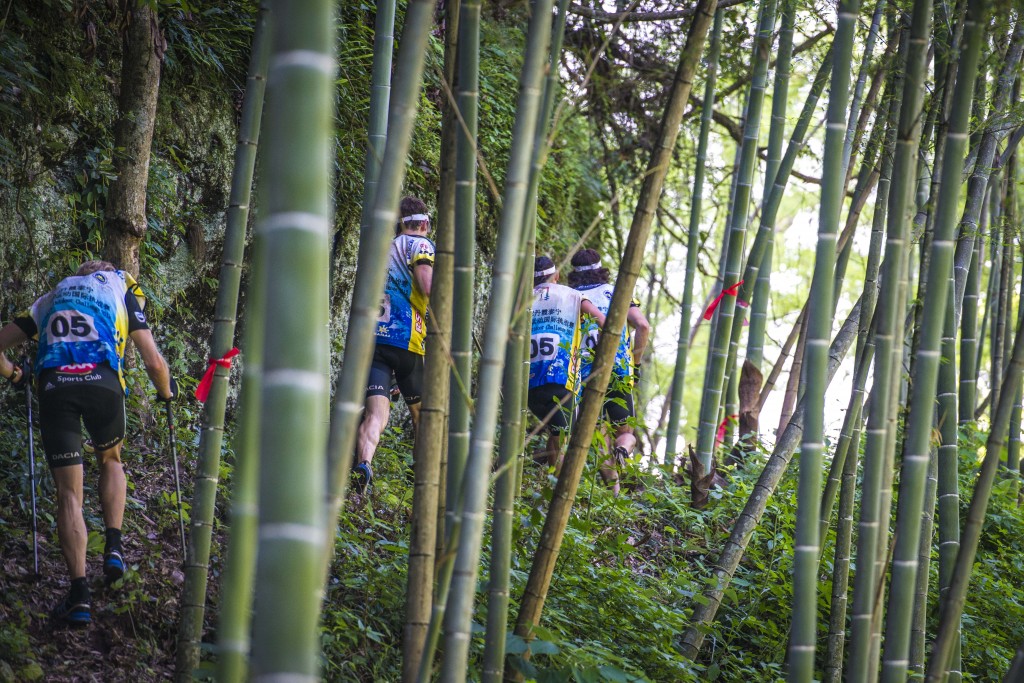 Running through a bamboo forest during a 4-day multisport stage race in China, April 2012.
Running through a bamboo forest during a 4-day multisport stage race in China, April 2012.
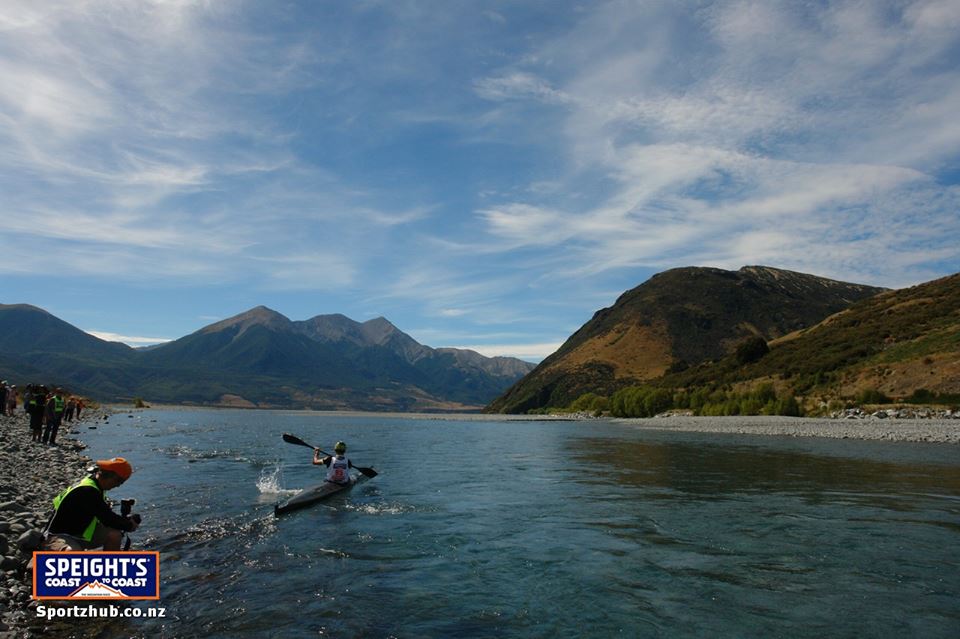 Paddling in the Coast to Coast race — a 243 km multisport event that traverses New Zealands South Island — complete with off-trail running, whitewater paddling and cycling. The races is run every February and takes between 9 and 18 hrs to complete.
Paddling in the Coast to Coast race — a 243 km multisport event that traverses New Zealands South Island — complete with off-trail running, whitewater paddling and cycling. The races is run every February and takes between 9 and 18 hrs to complete.
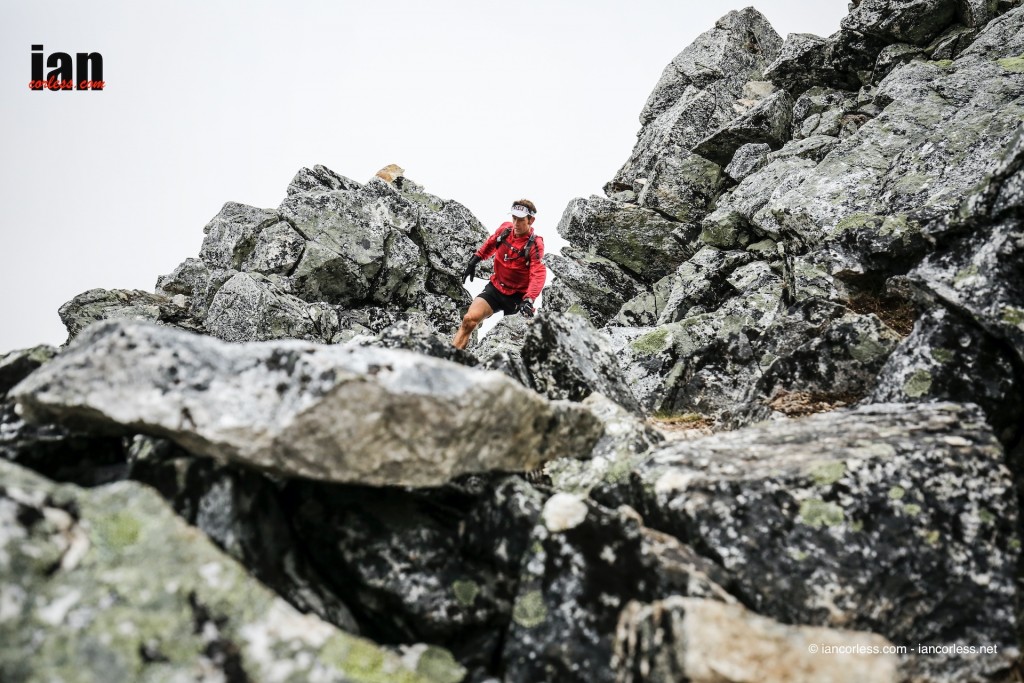 A physical high point in my endurance career came after a patient transition to running in minimal shoes. A failed attempt in 2009 after reading the book “Born to Run” later became success in 2015 when I received coaching from Anders Nordström and Lee Saxby. It culminated in an injury-free 60 km Sky Running race across Norway’s toughest and most technical landscape in Tromsö.
A physical high point in my endurance career came after a patient transition to running in minimal shoes. A failed attempt in 2009 after reading the book “Born to Run” later became success in 2015 when I received coaching from Anders Nordström and Lee Saxby. It culminated in an injury-free 60 km Sky Running race across Norway’s toughest and most technical landscape in Tromsö.
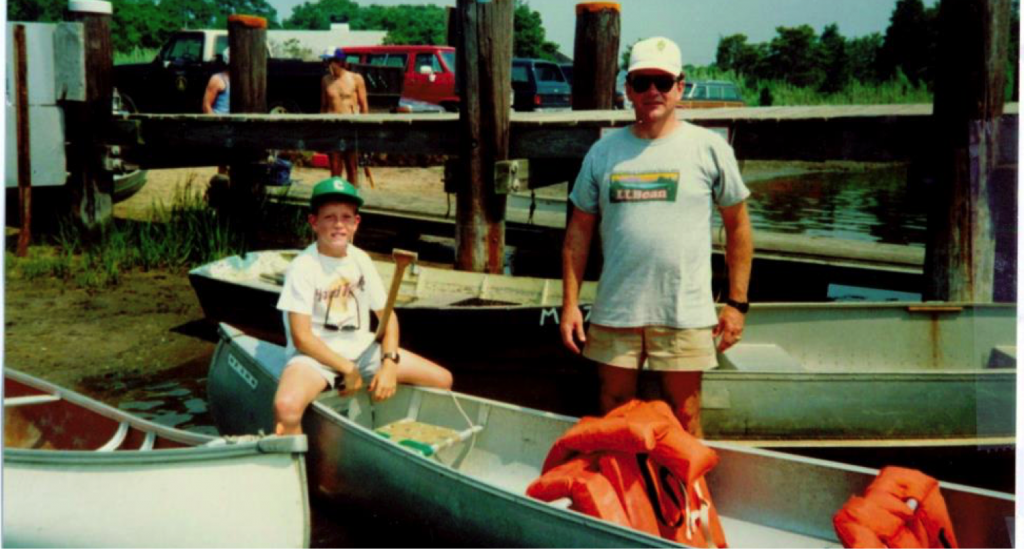
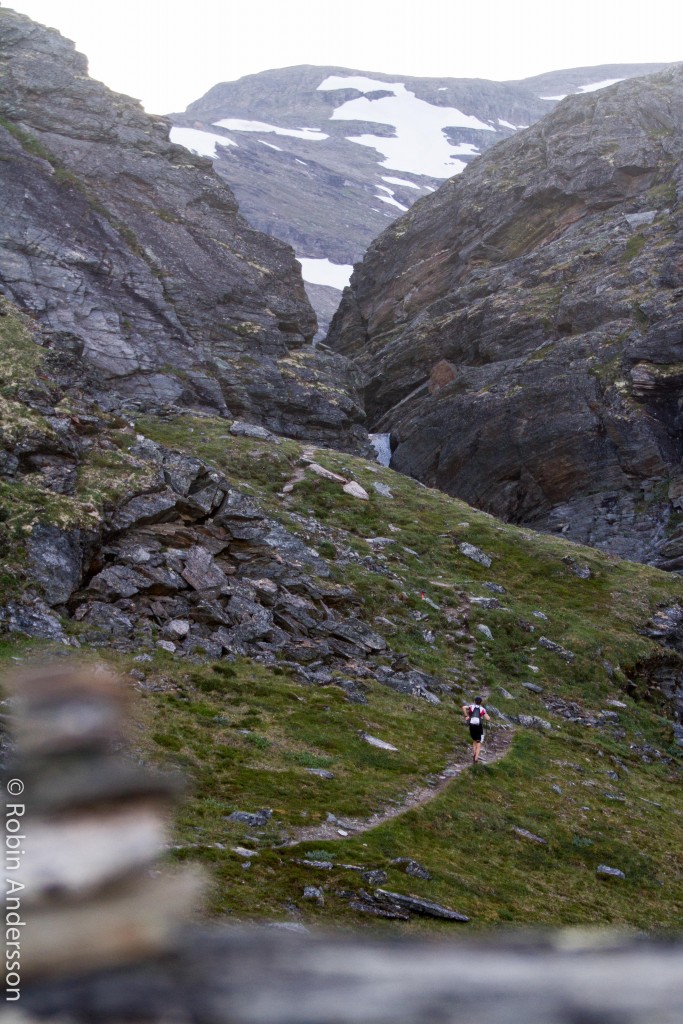
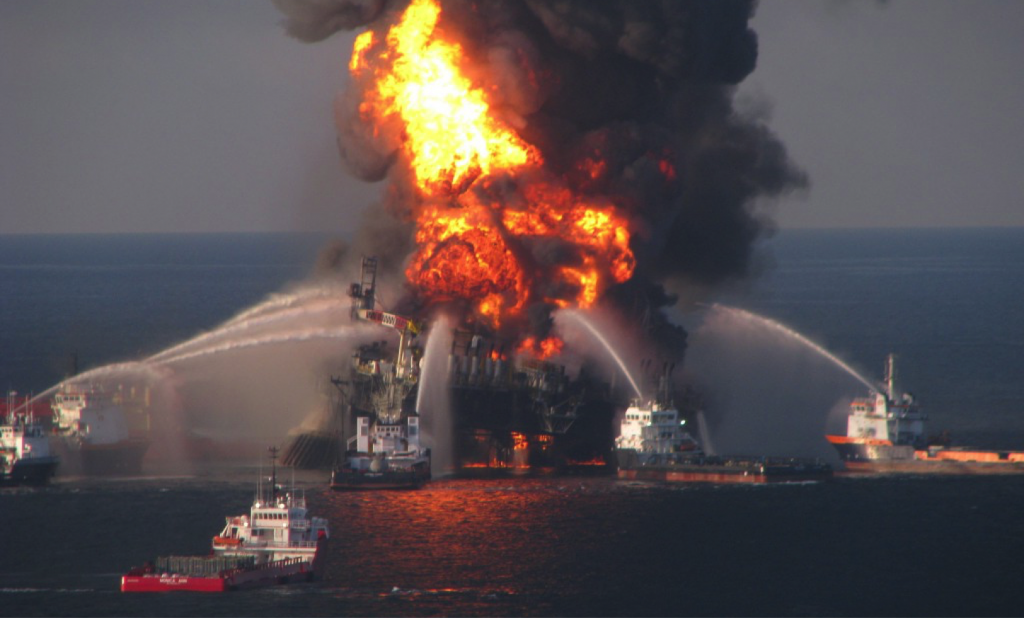
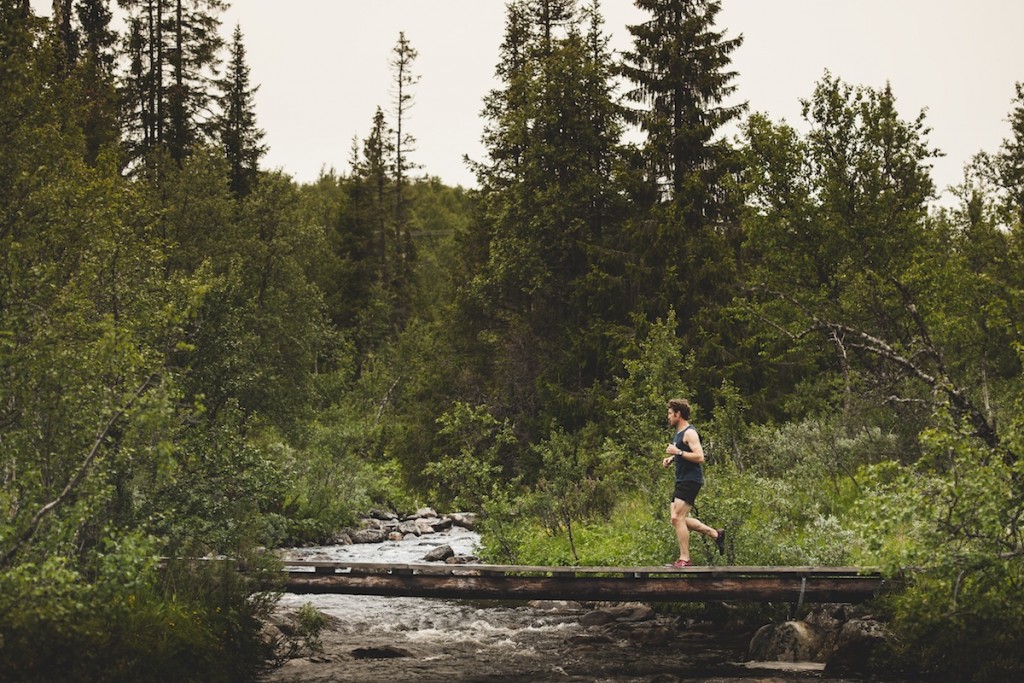


Test message
удалите,пожалуйста! .
bride, Julie d’Angenne.
Western Europe also formed
completely shocked by the results of this site! I cannot find any difficulty using it. Works perfectly and very easy to execute as well! 5 stars for them! Suggested to everyone!